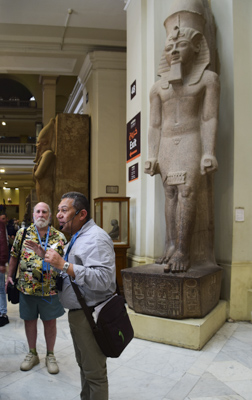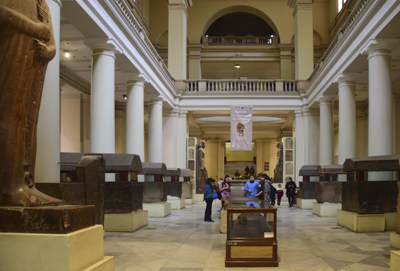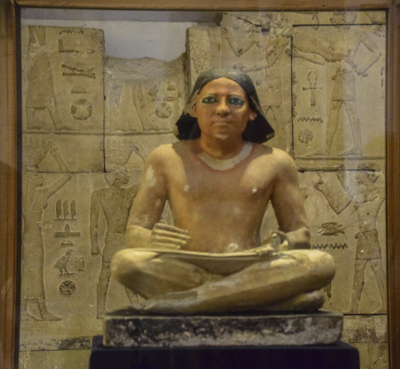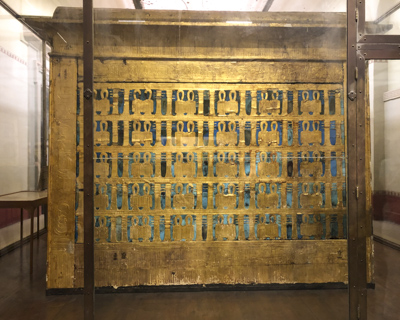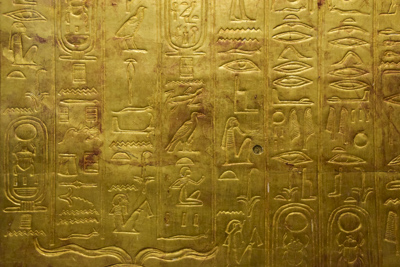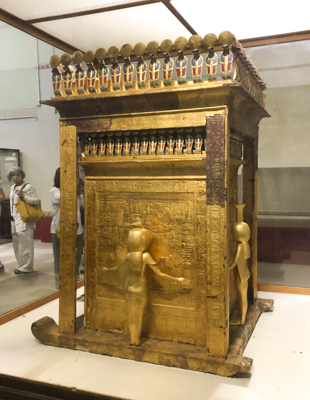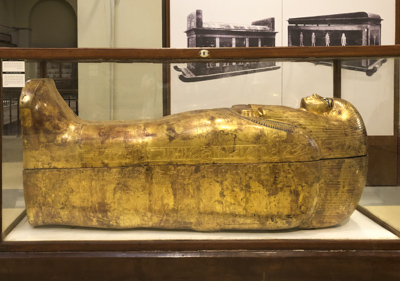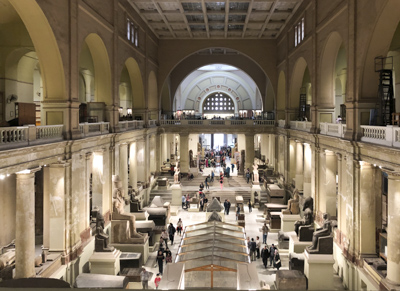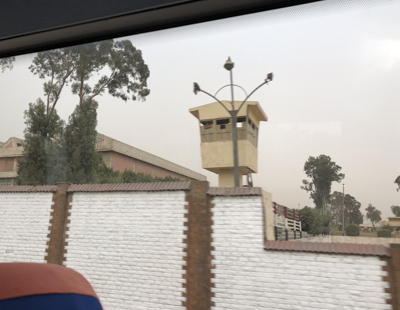Saturday – February 9, 2019
Last night, we spent a quiet evening aboard the Nile riverboat, Mojito, which was docked in Luxor. This morning, we awoke with enough time for a leisurely breakfast before meeting the rest of the group.
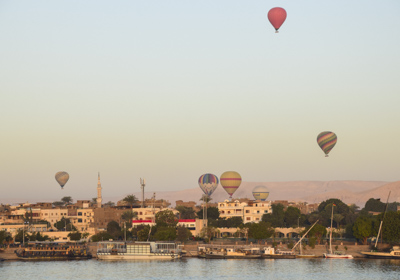
We saw hot-air balloons rising from the western shore of the Nile, so we grabbed our cameras and went out on deck to watch the balloons and the sun rise. There were about a dozen brightly colored balloons moving very slowly.
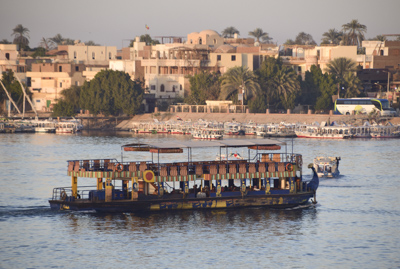
When I looked across the Nile, there were all kinds and shapes and sizes of boats and sailing vessels. What an assortment! There were dahabiyas, feluccas, motorboats, dhows, small ferry boats, tug boats, and a wide variety of commercial boats.

As was the custom, The Mojito was stacked along the dock with three other riverboats side-to-side. If someone wants to go ashore, they have to walk through the middle of the other boats. The boat on the end is expected to leave first. However, if one of the interior boats wants to leave, the others pull away and they all reposition themselves. It’s a time-honored system that seems to work for everyone.
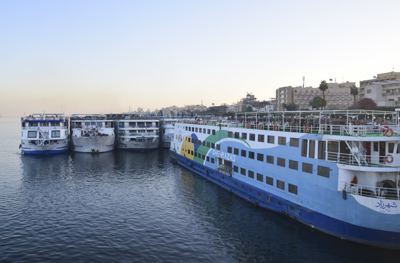
We boarded a bus to take us to the western side of the Nile River where the Valley of the Kings is located. We drove past the fertile farms of the Nile valley, but the eastern Sahara Desert lies just beyond the green fields.
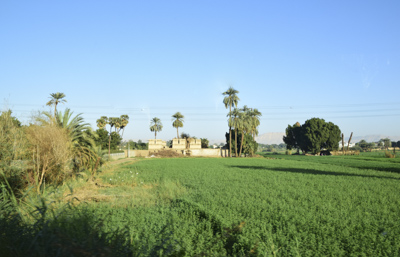
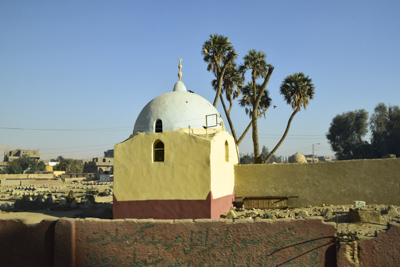
The Valley of the Kings was used for burials from about 1539BC through 1075BC and contains at least 63 tombs beginning with Thutmose I and ending with Rameses XI. The photo below shows the main walkway of the famous necropolis.
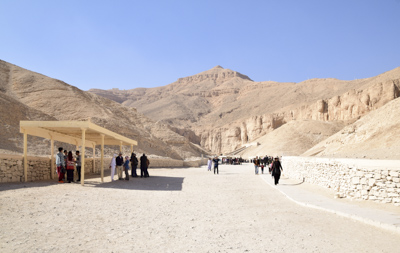
Noblemen as well as wives and children of both nobles and pharaohs were buried in the tombs. Today, tourists buy tickets to enter the tombs to see the elaborate paintings and decorations which cover the walls and ceilings.
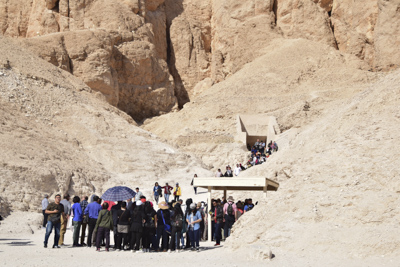
The tombs are well marked with the name of the king and a brief history and map. We entered the tomb of Rameses IX:
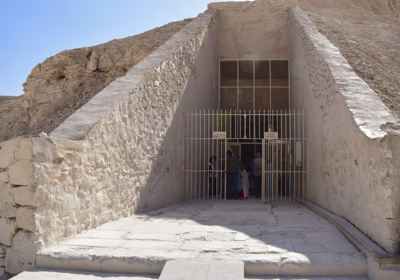
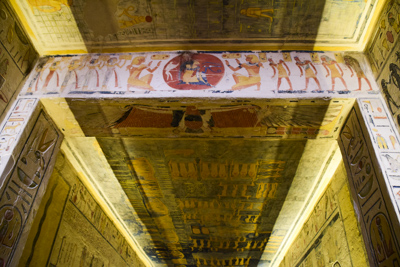
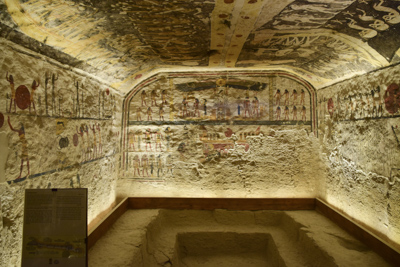
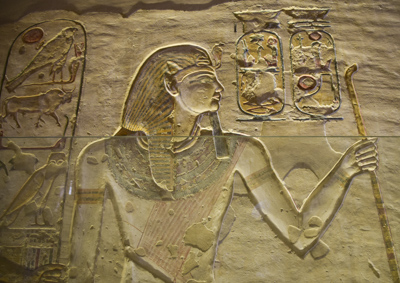
The Valley of the Kings became famous in 1922 when the British archeologist, Howard Carter, discovered the intact tomb of the Pharaoh Tutankhamen. The tomb is open to tourists, however photography was NOT allowed inside! So, we posed for a photo outside King Tut’s tomb.
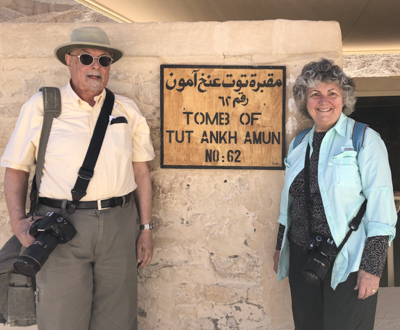
The interior of the tomb had been restored. We saw the mummy of King Tut-Ankh-Amun which was inside the beautifully decorated tomb. Here’s the plan:
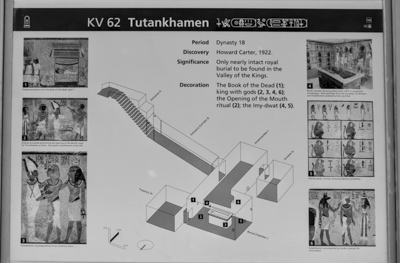
Our tour guide, Maged recommended several tombs to see. We also entered the tomb of Rameses III which glowed in lovely soft lighting. The figures still retained color from the original 3000 year old paint.
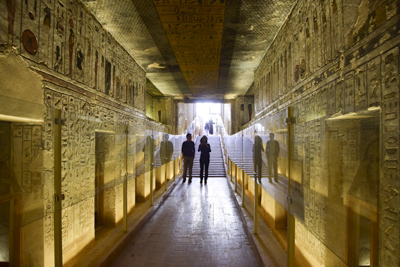
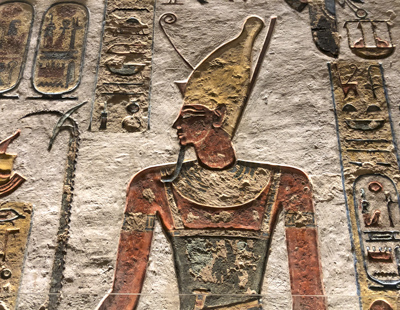
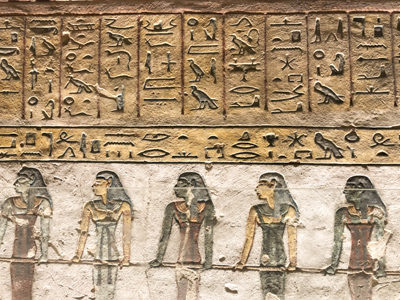
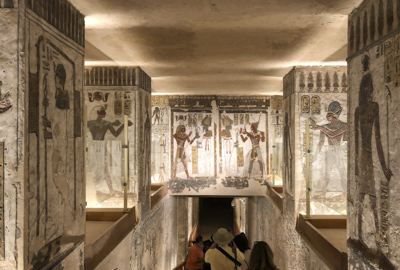
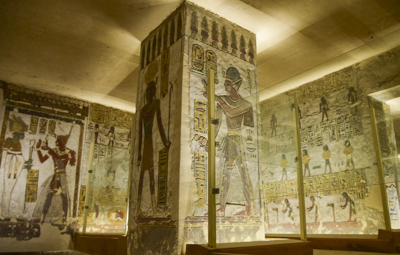
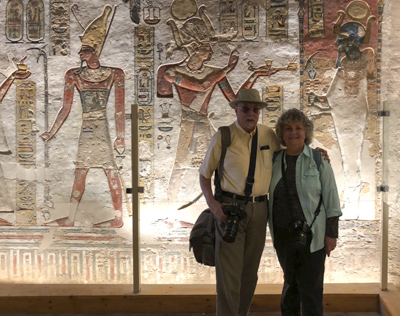
We could have spent the entire day exploring all the elaborately decorated tombs. They were amazing and spectacular!! We also went into the tomb of Rameses IV – another incredibly beautiful tomb.
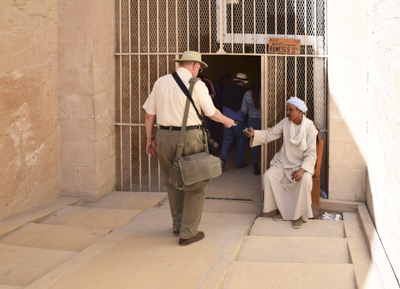
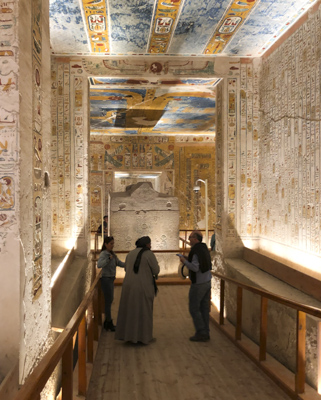
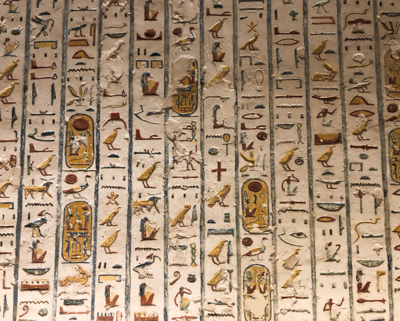
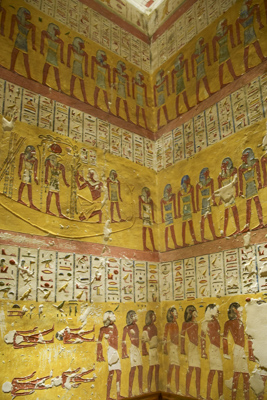
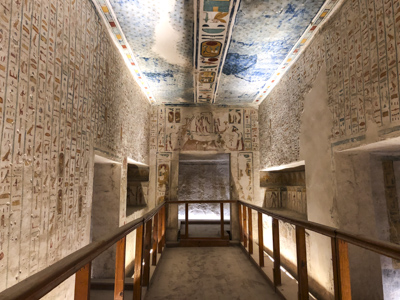
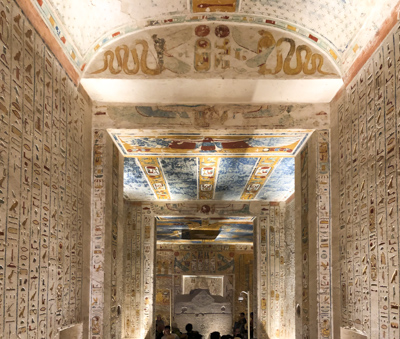
Entering, exploring, and seeing the fabulous interiors of the ancient tombs of the pharaohs was one of the most amazing experiences of my life. It was incredible. Unforgettable.
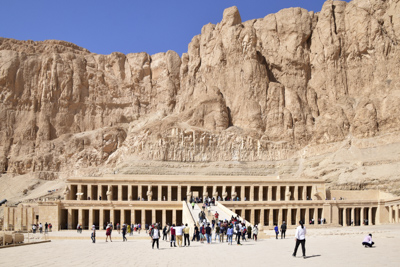
Next stop was the Mortuary Temple of Queen Hatshepsut. Mortuary temples were erected near royal tombs to commemorate the reign of the particular Pharaoh. When Hatshepsut took on the full powers of a pharaoh, she was only one of three women to take on a man’s role of pharaoh in 3,000 years of ancient Egyptian history.
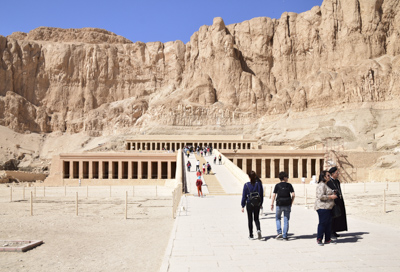
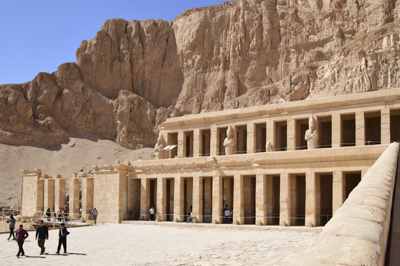
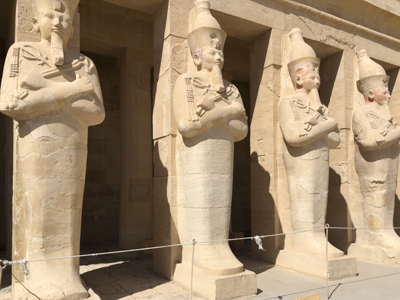
Looking toward the east from the top of the ramp leading into the temple, I could see the fertile Nile Valley just beyond the dry eastern Sahara Desert.
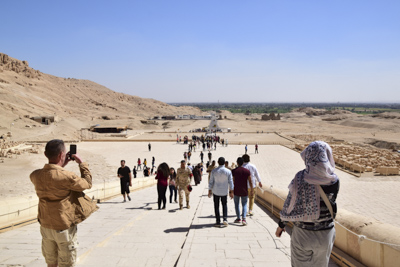
We passed several excavation sites which were being explored nearby. Only a minority of the pharaoh’s tombs have been unearthed.

Later we visited an alabaster shop. I would have preferred to stay longer at the Valley of the Kings and be able to see more tombs. However, following someone else’s schedule is one real disadvantage to a tour group.
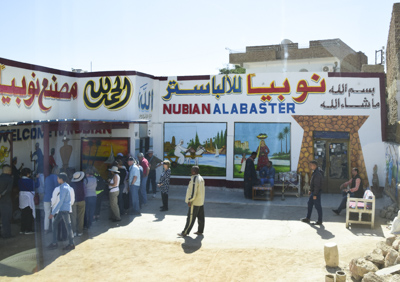
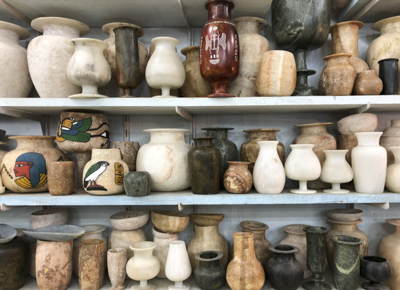
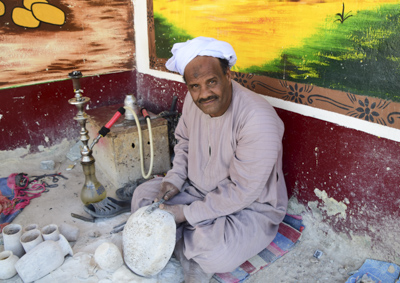
Our last stop on the western side of the Nile was a “photo op” at the Colossi of Memnon. These are two massive stone statues of Amenhotep III erected about 1350BC to guard his mortuary temple. The statues were damaged and the temple destroyed by Nile floods and earthquakes over many centuries.
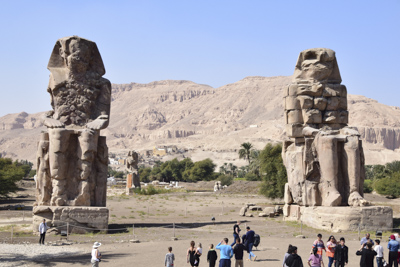
We drove toward the Nile River passing fertile fields again on our way back to The Mojito.
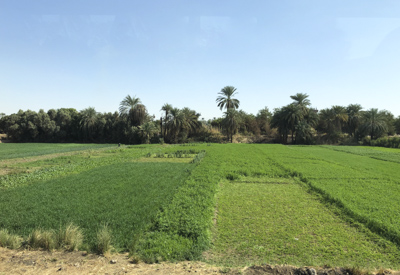
Onboard we settled in for an afternoon and evening of cruising south on the river toward Aswan. These are photos of other riverboats.
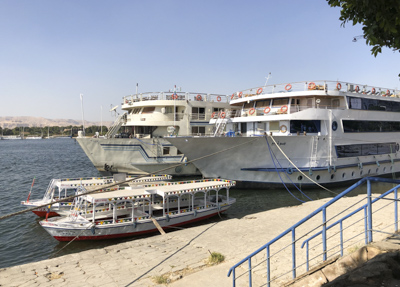
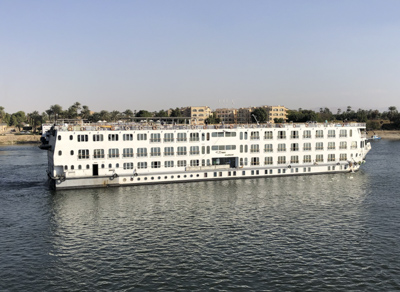
It was totally delightful to sit on the top deck as The Mojito cruised south along the Nile River. As the sun set, we looked out at the shore and saw farmers and fishermen working as they had been over the last millennia. Villages were made of mud bricks. Animals were used to power farm implements. Fishermen caught fish with hand-made nets. We all felt like we were sailing through history.
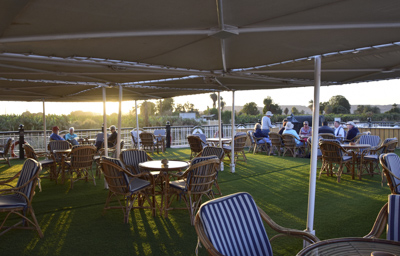
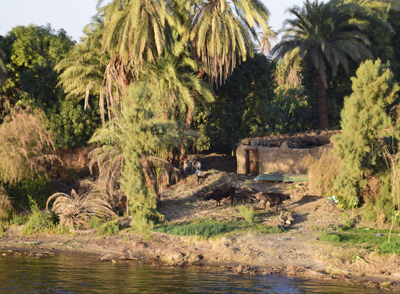
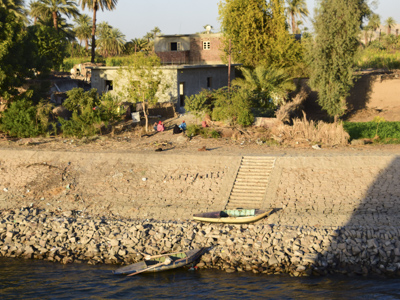
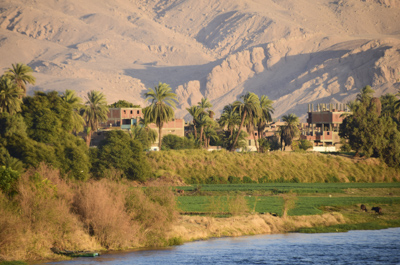
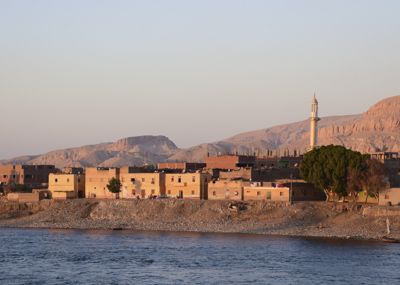
The Mojito cruised down the Nile with several other riverboats:
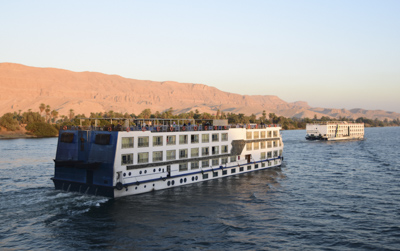
Enterprising salesmen rowed up to our boat and sold tablecloths and towels to the tourists. It was fun watching them throw their goods up to the top level and bargain and exchange money – while moving down the river against the current.
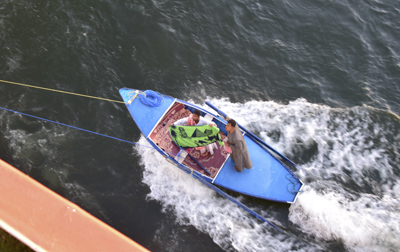
Sunset over the Nile:
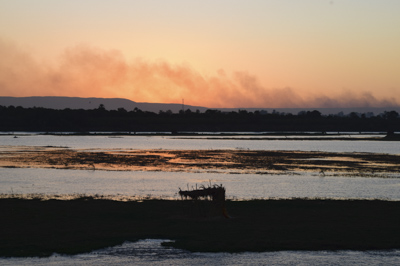
It was well past dark when we reached the Esna Lock about 33 miles south of Luxor. The lock system is used for raising or lowering boats between stretches of water which are on different levels in the river.
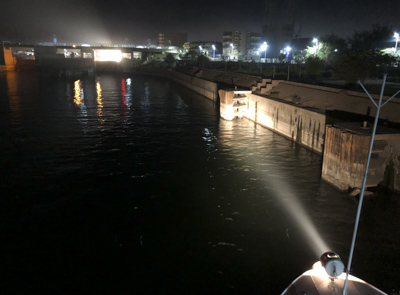
We went out on deck to watch The Mojito effortlessly cruise into and out of the lock and afterwards continue its journey to Edfu.
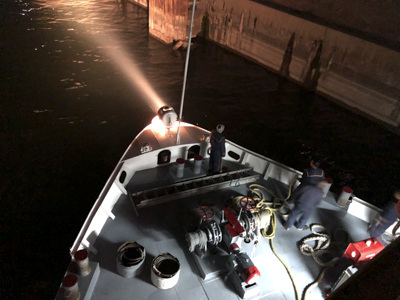
Today was a long day but overflowing with amazing experiences!
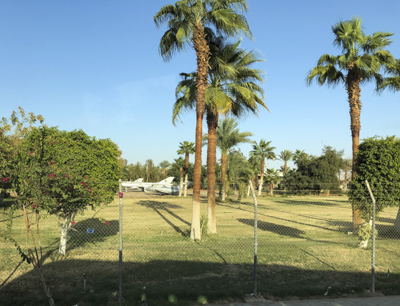
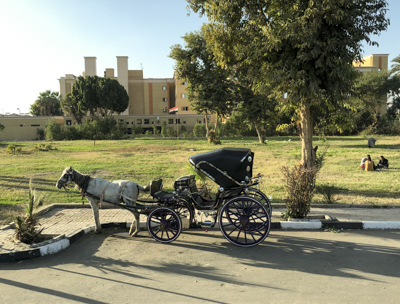
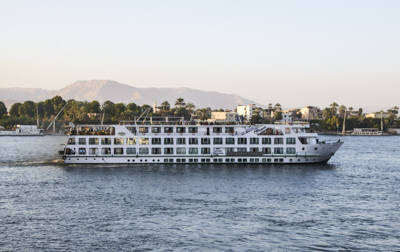

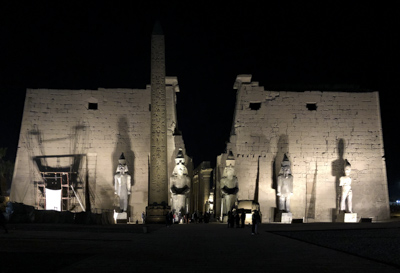
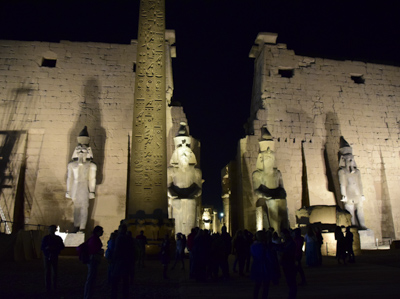
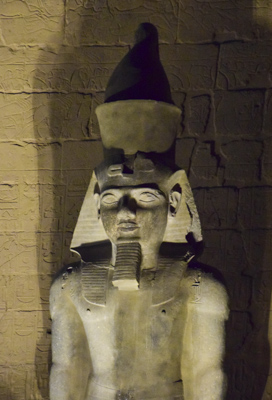
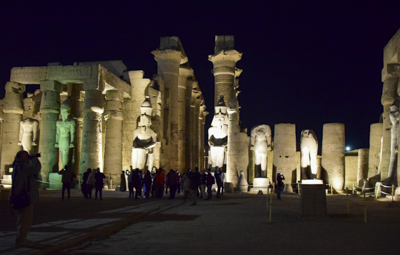
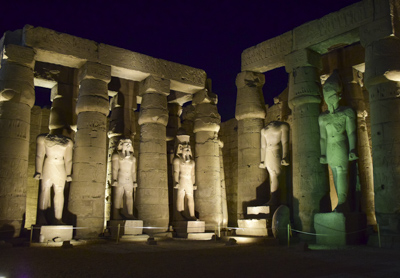
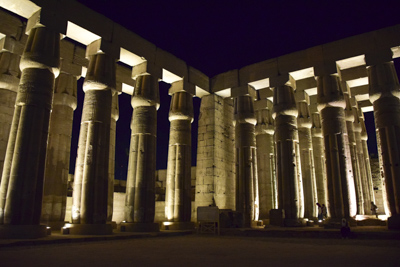
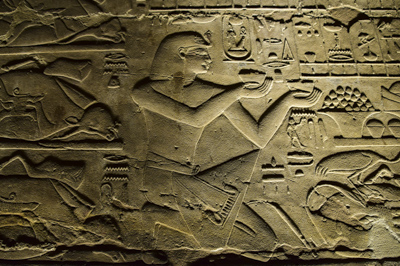
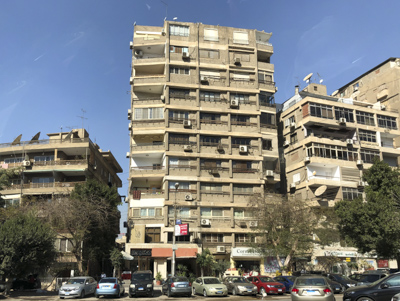


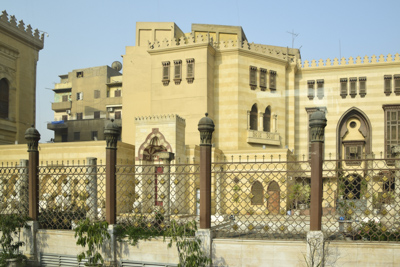
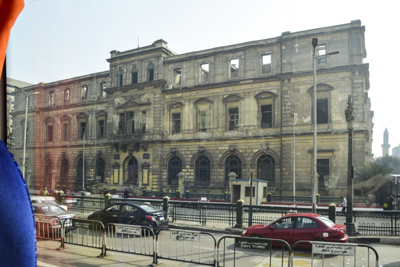
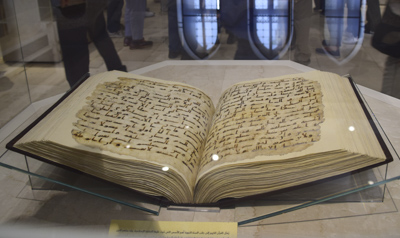

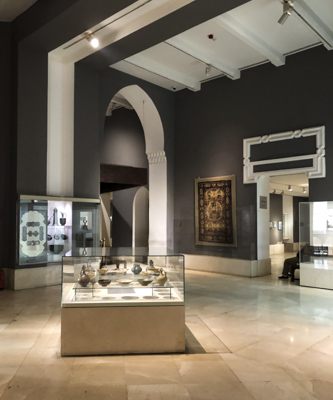
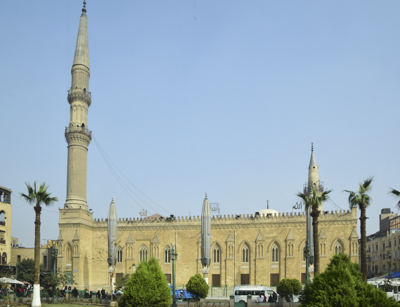

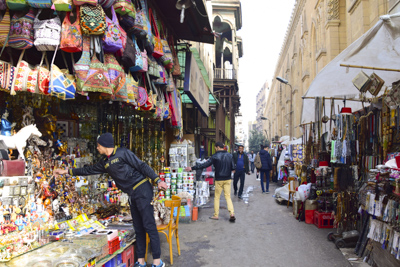
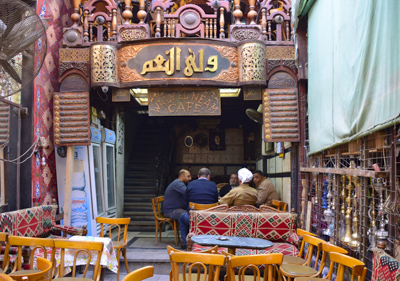

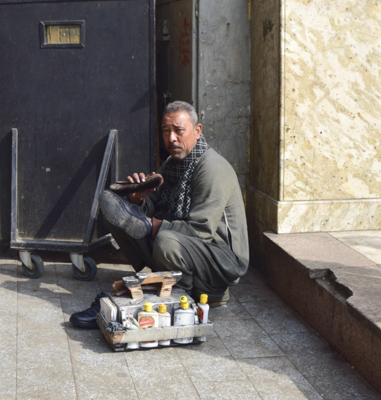
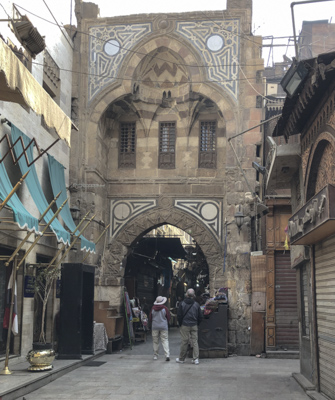
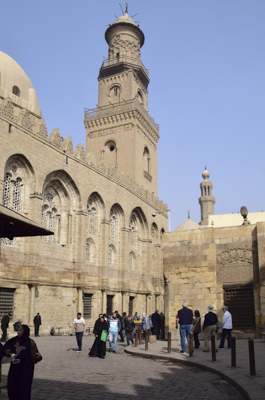
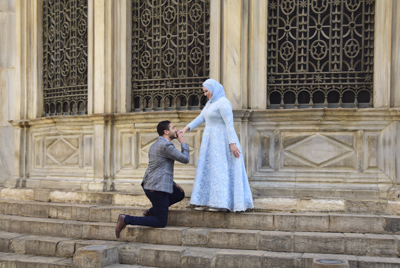

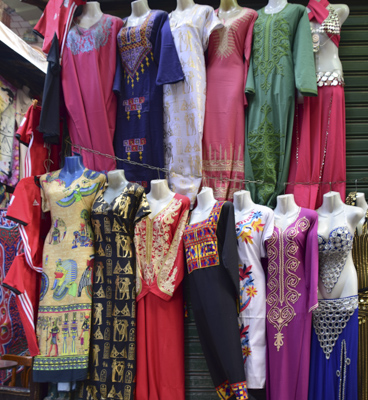

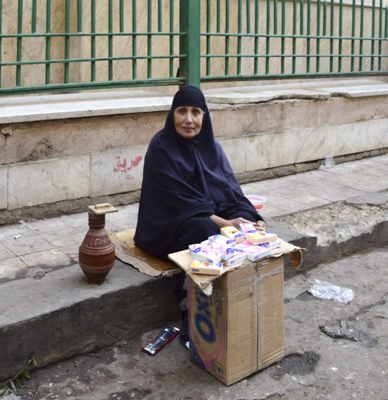

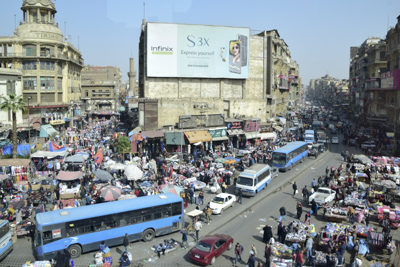
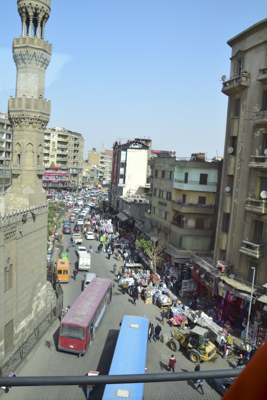

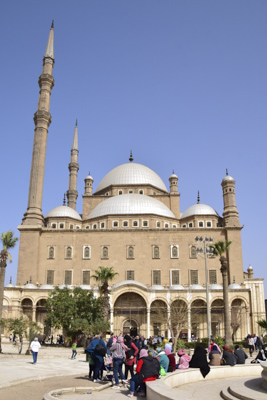


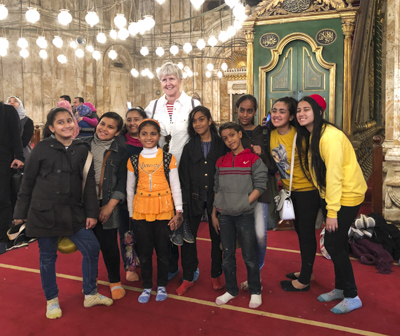
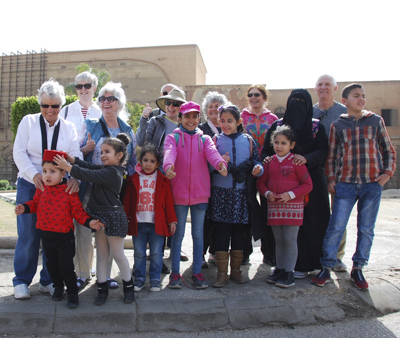



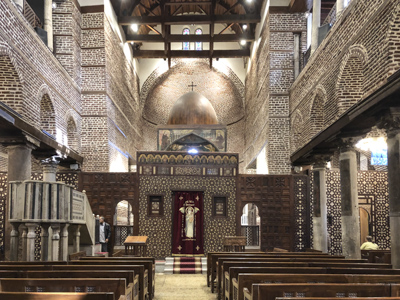
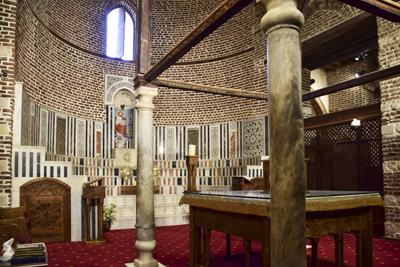
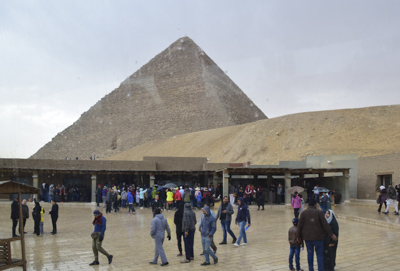
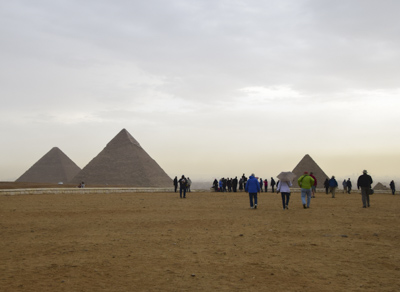
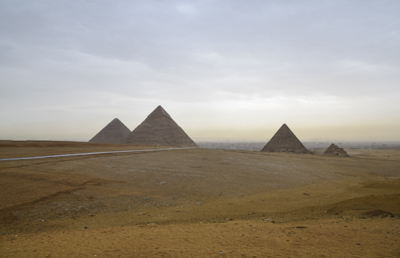

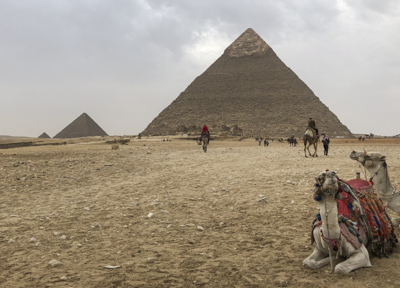
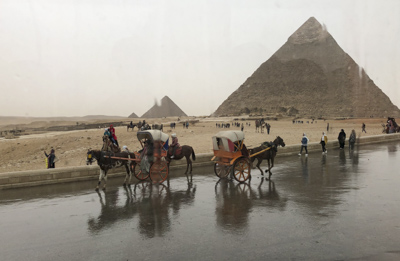

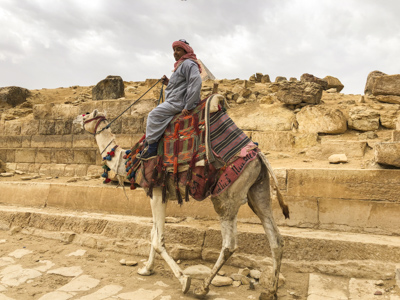
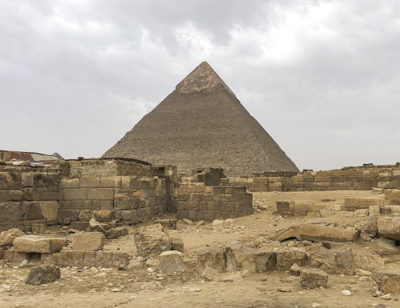


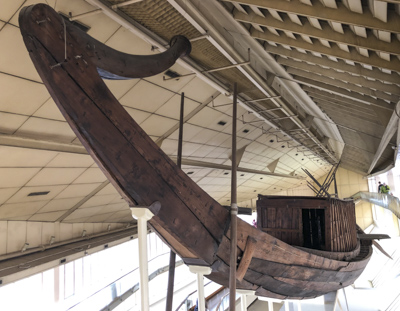

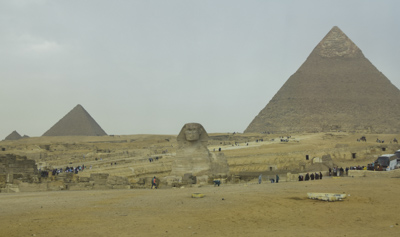
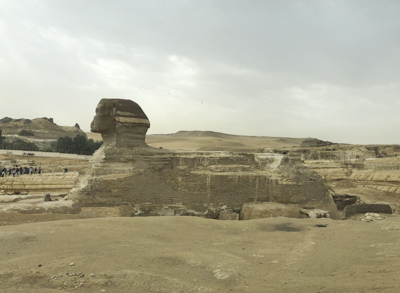
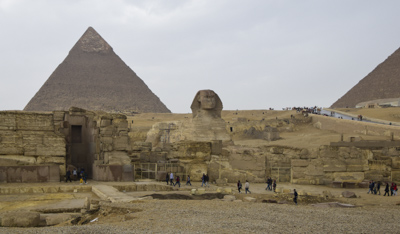
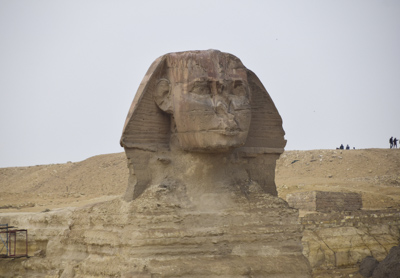
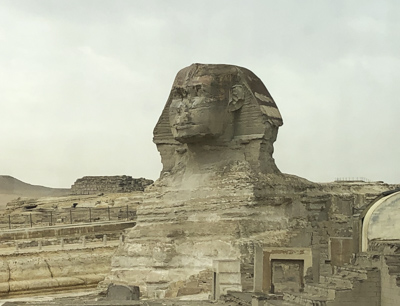
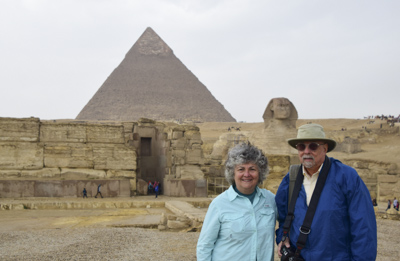


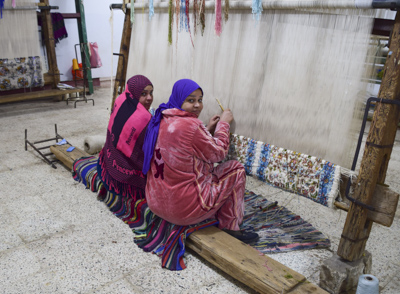
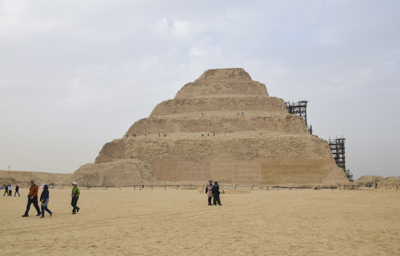
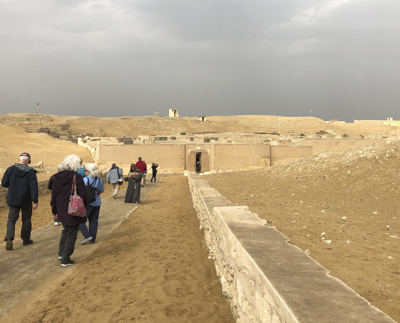
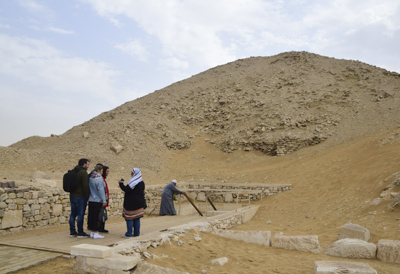
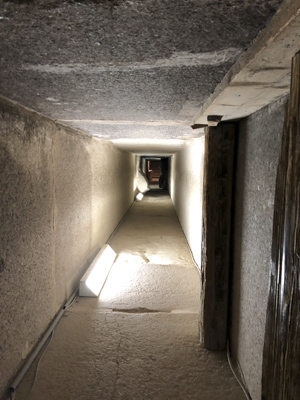

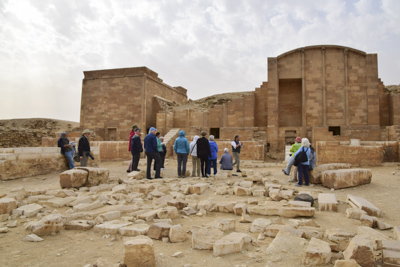
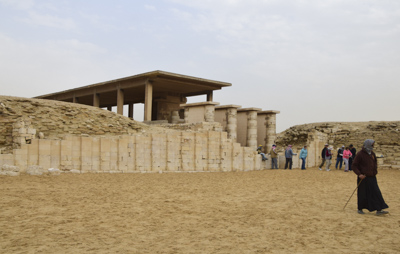

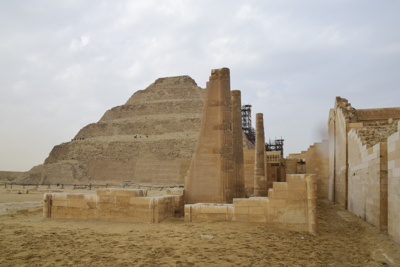
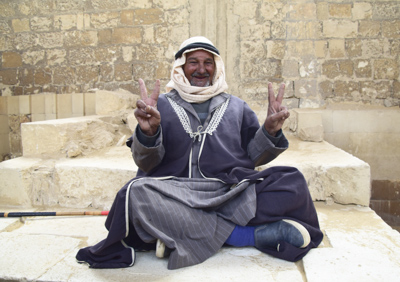
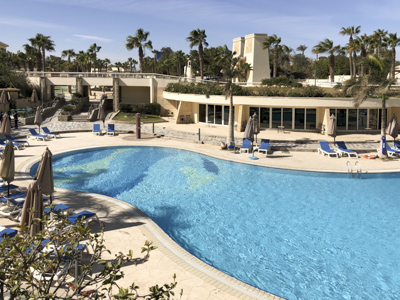
 Cairo Train Station
Cairo Train Station